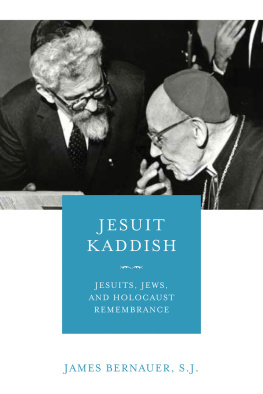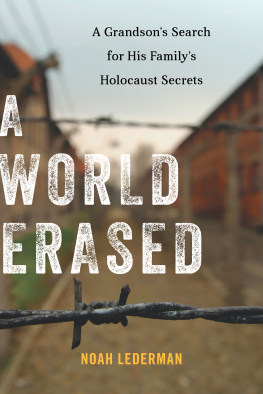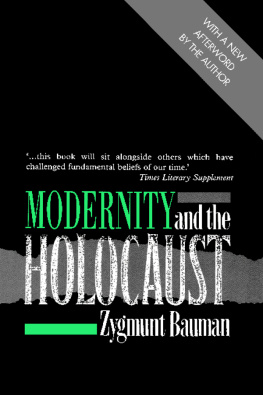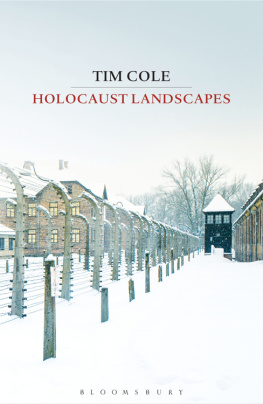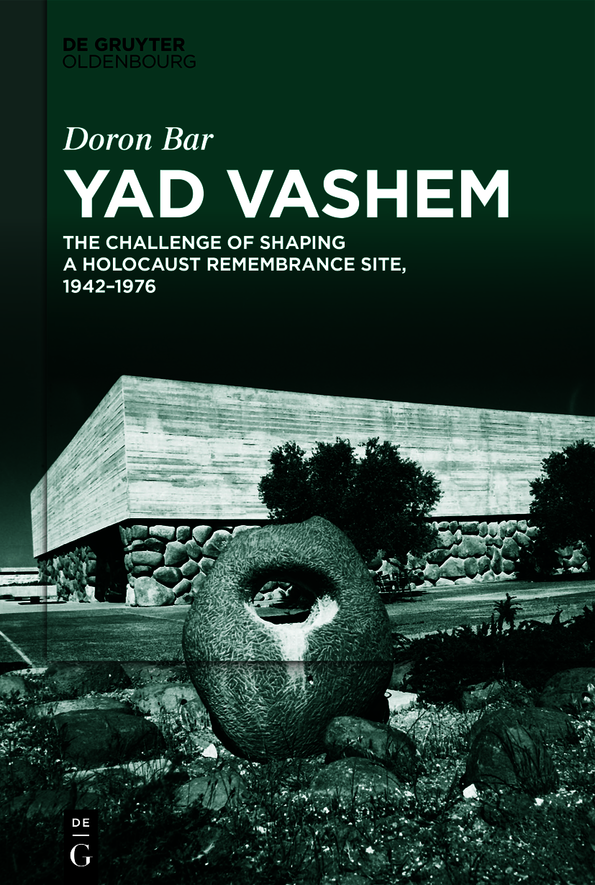ISBN 9783110721317
e-ISBN (PDF) 9783110721485
e-ISBN (EPUB) 9783110721614
Bibliographic information published by the Deutsche Nationalbibliothek
The Deutsche Nationalbibliothek lists this publication in the Deutsche Nationalbibliografie; detailed bibliographic data are available on the Internet at http://dnb.dnb.de.
2022 Walter de Gruyter GmbH, Berlin/Boston
To the millions who perished in the Holocaust,
To the survivors,
To the ghetto rebels,
To the forest fighters,
To the camp revolutionaries,
To the underground warriors,
To the soldiers in the armies,
To the rescuers of brothers,
To the daring clandestine immigrants,
The heroes of might and sedition.
Preface
One of the State of Israels most prominent institutions and a central temple of the Holocaust, Yad Vashem is a symbol of meaning and unity that has risen in prestige in recent years, especially after the inauguration of the new museum in 2005. But if you ask the countrys everyman about the sites very significant history for example, when Yad Vashem was founded, and why its location in western Jerusalem was selected you will find that very few have answers. Even scholars of the Holocaust, of the history of Yad Vashem, and of the development and crystallization of the landscape of memory and commemoration in the State of Israel have not dedicated much thought to the institutions physical formation. This book aims to fill the lacuna, depicting the process of the Mount of Remembrances construction. It begins in the 1940s, when the idea of Holocaust commemoration in the land of Israel was first born, and ends in the 1970s, when Nathan Rapoports Warsaw Ghetto Uprising monument was inaugurated.
I never imagined I would study the history of Yad Vashem; I found the topic daunting. But in recent years my writing has focused more and more on questions of commemoration and remembrance and the shaping of symbols in the form of sacred sites, both popular and national, in the Israeli terrain. At some point, I became interested in the way in which Holocaust commemoration was integrated within Israels memorial landscape, and the idea of studying the establishment and building of Yad Vashem took root. The turning point came when I was exposed to intriguing material on the bureaucratic dimensions of the institutions founding. While reading the descriptions of the discussions, a fascinating picture appeared in my minds eye: a complex, extensive, and sometimes painful process, one of disagreement, struggle, and achievement tied to the Remembrance Authority and the construction of the Mount of Remembrance. These discussions returned time and again to the names of a number of prominent figures, people who would later emerge as key figures in the institutions founding. They included Ben-Zion Dinur, the minister of education and chairman of Yad Vashem, and Zerach Warhaftig, later to become minister of religions but during the forties part of Yad Vashems management. They were joined by a number of other significant figures: architects Munio Gitai Weinraub and Alfred (Al) Mansfeld, along with three additional architects, took part in the planning and construction of Yad Vashem; Mark Uveeler served as representative of the Claims Conference on Yad Vashems directorate. But most noticeable in the documents was Mordechai Shenhavi (Alfenbein), whom I recognized immediately as the conceiver of Yad Vashem as early as 1942; he also had a crucial role in its founding.
The personal, internal process I underwent led me to embark on writing a book on Yad Vashems construction a number of years ago. It was a journey in which I amassed much material on the subject, primarily documents that had been preserved in different archives. Due to the great scope of the archival sources, I was able to reconstruct the extensive process of the establishment of Yad Vashem. This material facilitates an understanding of a number of dimensions: the development of the memorial and commemorative landscape of historical Yad Vashem up until the mid-seventies; the origins of the concept of a square remembrance structure in which the Holocaust was commemorated, with its basalt foundation and concrete top (the Hall of Remembrance); the source of the idea of burying victims ashes in the soil of the Mount of Remembrance; the reason behind heroisms commemoration in a pillar located atop the highest hilltop on the mount; and the story of the synagogues location and function.
The study of Yad Vashems creation, in which these questions and others are addressed, gives scholars of culture, of commemoration and memory, of the Holocaust and its immortalization, an opportunity to examine the bureaucratic mechanism and the process that accompanied the establishment of the site in Jerusalem. In recent years, studies have been written on the Holocaust monuments and museums founded around the world in the last generation for example, the United States Holocaust Memorial Museum in Washington, the Jewish Museum Berlin, and even Yad Vashems new Holocaust History Museum. But despite the centrality and significance of Yad Vashem, no study has yet been composed on the chronicles of the Mount of Remembrances construction. Documents from the time, protocols of the various committees involved in the building of Yad Vashem, detailed correspondence between those involved, maps, and memoirs all made it possible for me to comprehend and examine the intricate and protracted process involved in the formation of one of the worlds most vital and important Holocaust remembrance sites.
This book would not have been possible were it not for the documents, photographs, maps, and sketches about the history of Yad Vashem that are preserved in a variety of archives in the State of Israel; the list of archives used in the volume appears at the end of the book. Archive staff perform devoted and crucial work that makes it possible for us, the researchers, to answer our questions using the boxes and folders in their charge. I wish to thank the employees at the HaShomer HaTzair Archive at the Yad Yaari Research and Documentation Center in Givat Haviva for their assistance. I am also grateful to my friends at the Central Zionist Archives for the many hours of work there and their support. I am indebted, too, to the employees at the Kibbutz Mishmar HaEmek Archive for maintaining Mordechai Shenhavis personal files and for their commitment to preserving his memory. Thank you to Amos Gitai for generously making available to me the materials from Munio Gitai Weinraubs archive. A special thank you to the staff at the Yad Vashem Archives, where I found a trove that was overflowing with treasures of historical material on the process of the planning and building of Yad Vashem.
This book is published with the assistance of a Schechter Institute of Jewish Studies research grant.
My thanks are also extended to Deena Glickman, who translated the book to English, and to the staff at De Gruyter.
Introduction
A visitor to the State of Israels central memorial compound, which includes Mount Herzl, the military cemetery, the Great Leaders of the Nations Plot, and Yad Vashem, cannot but note a prominent phenomenon: while some parts of the space Herzls grave, the Great Leaders of the Nations Plot, and the cemetery for those who fell in Israels battles are near empty, Yad Vashem is overcrowded. Estimates are that nearly one million people visit the site each year. These are not only tourists from overseas, Jews and non-Jews alike, but also Israeli individuals and groups: youth, soldiers, adults, and others, all coming to tour and learn at the Mount of Remembrance.



